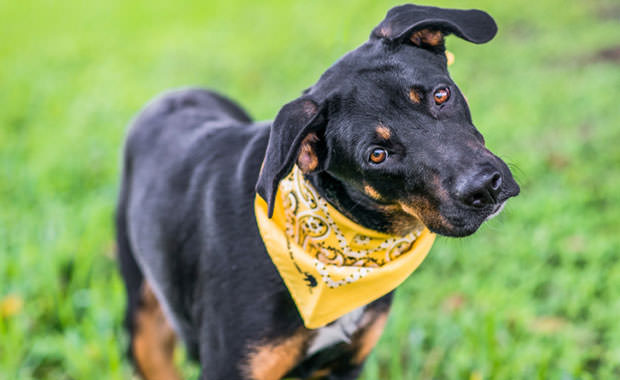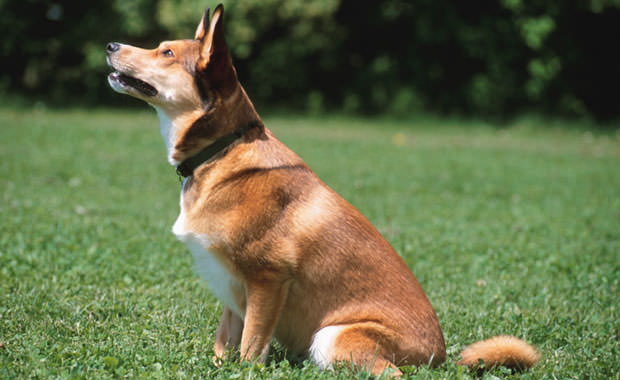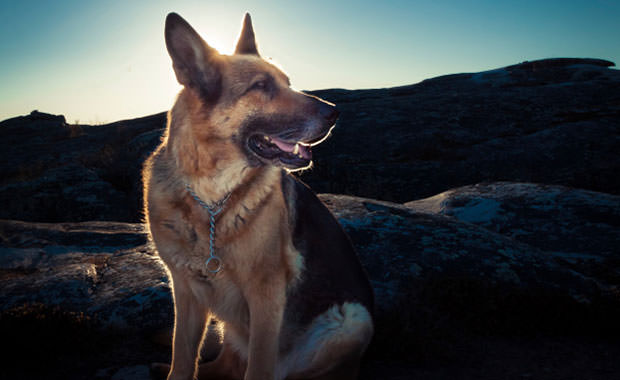
1. Mixed Breeds Tend to Live Longer
For many animal lovers, a pet becomes almost like a member of the family that is loved to a similar degree as human children. When you lose that valued pet, tears are shed and hearts are broken. So it only makes sense to want to have a dog that lives a long, healthy life alongside you for many years.
As a generalization, dogs that are the result of responsible cross breeding practices tend to live longer. This occurs because purebred dogs are susceptible to genetic deformities that can shorten their lives. Cross breeding helps to deepen the gene pool and remove much of the risk associated with genetic deformities.
2. Mixed Breeds Lead Healthier Lives
As breeders find certain characteristics (eye color, coat, temperament, etc.) that are deemed ideal, only certain sires and mates are selected for breeding.
Not only does this lead to a shallower gene pool, it increases the likelihood that rare genetic deformities will appear in offspring.
In addition to living longer lives, cross bred dogs tend to live healthier lives in general because the risk of genetic deformities is greatly decreased.
This applies to any number of possible genetic traits including autoimmune disorders, skin conditions and cancer risks. Cross breeding decreases the likelihood your dog will suffer from these genetic difficulties.
3. Cross Breeding Results in Moderate Appearances

With the rise of dog shows in the late 19th and early 20th century amongst the middle class, certain physical traits were identified as “superior” for one reason or another. This meant that dogs with certain physical traits (thick coats, wrinkly skin, long floppy ears, tall and lean bodies) were bred to ensure those features carried on from generation to generation.
However, in addition to increasing the risk for health problems and genetic mutation, some of these features were exacerbated. By cross breeding one purebred dog with a purebred of another breed those features can be toned down. The resulting appearance is not only normalized, but in many cases the dog can live a healthier life as well.
4. One of a Kind Appearance
In addition to neutralizing some of the negative physical characteristics that arise from generations of inbreeding, cross breeding dogs can lead to a one of a kind appearance that you simply won’t find in purebred dogs.
Think about it, other than eye color or physical size, when was the last time you saw a Siberian Husky, German Shepherd or Dalmatian that looked truly unique compared to the rest?
Cross breeding of dogs can result in puppies that after a few weeks of growth wouldn’t really be recognizable as coming from the same litter or even “breed”. More so than purebreds, cross bred dogs end up with distinctive coats, ears, snouts, body shapes and weights that vary from dog to dog.
5. Cross Bred Dogs have Milder Personalities
For anyone that has ever owned a Siberian Husky or Basset Hound, for example, the perils of owning a purebred dog from a personality standpoint are well known by now. Certain dogs have been bred over the centuries for a purpose. The Husky is a renowned working dog with energy that few humans can match.
Basset Hounds, similarly, were bred as hunting dogs and will follow a scent for days before giving up. The point is that both breeds are examples of dogs with wonderful qualities, but also personalities that can be difficult for the average owner to deal with.
They are independent and stubborn at times, making them difficult to handle. Cross breeding dogs can result in an even mixture of the best qualities from two different breeds.
6. Futures are less Predictable

For all the benefits of cross bred dogs, there are potential disadvantages that any breeder or buyer needs to be aware of. With purebred dogs, it is much easier to predict what the future will bring with that dog. Each purebred dog comes from a long line of dogs with similar temperaments, behaviors and sizes.
While it is impossible to know with certainty, it is easier to predict what the future holds with a purebred than it is with a cross bred dog. This is particularly true in new “designer” dogs as long blood lines are not established and it is difficult to determine what types of behavior and temperaments are common through the years.
7. Not All Genetic Disorders are Avoidable
While certain genetic disorders may affect only certain dog breeds, there are others that affect a much wider range of dog breeds. As an example, many medium and large breed dogs are at risk for hip dysplasia as they age which makes it very difficult for cross breeding to “weed out” this genetic disorder.
Inherited traits, such as hip dysplasia, cannot always be toned down or muted by cross breeding because it can afflict so many breeds that it is difficult to remove the impact of this genetic disorder from crossbred puppies. It might be possible to limit the chance, but it cannot be eliminated with any certainty because of its prevalence.
8. Risks Involved for Females During Delivery
Cross breeding dogs can put the female at risk during delivery for a number of reasons. This comes into play most often when dogs from drastically different breeds are crossbred. When dogs of different sizes are crossbred, smaller females can be put at risk during delivery because of the unknown size of the puppies.
Examples of risks include mating a male from a large-skull breed with a smaller female dog. The puppies, though not necessarily large themselves, could have heads too large for the female dog to give birth to naturally. This is an issue no responsible owner should ignore when considering cross breeding.
9. Cross Breeding Requires Patience

So-called “designer dogs” such as the Puggle (the result of breeding a pug and beagle) have become all the rage these days, but responsible breeders need to exercise patience when cross breeding dogs. Many of the dog breeds that remain common to this day are the result of crossbreeding that took place centuries ago.
The difference between those cross breeds and many of today’s designer dogs is the process. In the past, breeders developed crossbred dogs through careful breeding practices and worked to install an appropriate model to be followed by others.
This served to ensure that the best possible practices were followed by other breeders to instill a sense of uniformity across the new mixed breed.
10. Only the Best of the Best
The most important characteristic of responsible breeding, and one that leads to great crossbred dogs, is the selection of only the best of the best male and female dogs for breeding. In order for the many benefits mentioned above to be realized, and the disadvantages minimized, is for good breed representatives to be selected when beginning the cross breeding process.
At all times, breeders should make sure to use dogs in the breeding process that are representative of the best physical and emotional traits of each breed. The process will take time as well to discover dogs that possess these desirable traits, so as previously mentioned patience will be a virtue.
